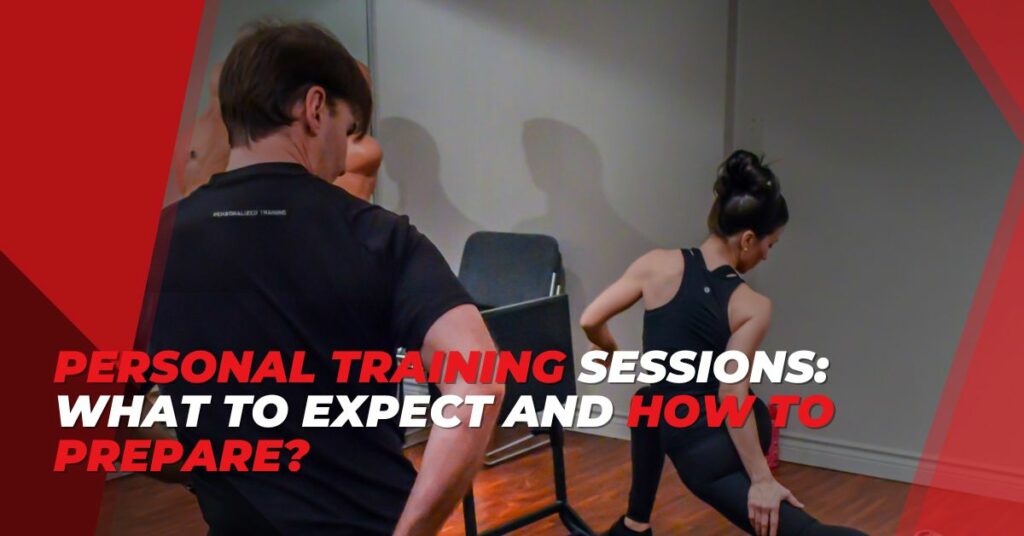
Personal Training Sessions: What to Expect and How to Prepare?
You’ve been hustling hard in the professional world of Vancouver, balancing endless work meetings with social commitments.
Amidst all this, you realize that your health is taking a backseat, and those occasional gym visits just aren’t cutting it.
Sounds familiar, right?
As a busy professional, it’s often easy said than done to maintain our health and fitness goals regularly.
The city’s fast-paced life can sweep you off your feet, leaving you feeling exhausted, unmotivated, and out of shape.
Moreover, going to the gym without a clear plan can be overwhelming.
The countless machines, the uncertainty of which exercise works best for you, and the lack of accountability can often lead to wasted hours with minimal results.
Enter personal training sessions. Not just any personal training, but a session led by the best certified personal trainers like Troy of Tsquared.
These are not just workouts; they’re transformative experiences designed to accelerate your fitness results.
Whether you’re aiming for weight loss, strength training, or just a healthier lifestyle, hiring a personal trainer ensures you get the most out of every sweat-drenched minute.
With Tsquared’s expert guidance, you can achieve effective personal training results in as little as 1 hour a week, perfectly fitting into your tight Vancouver schedule.
Now, let’s discuss why personal training sessions are game-changers and how to make the most of them.
Benefits of Personal Training
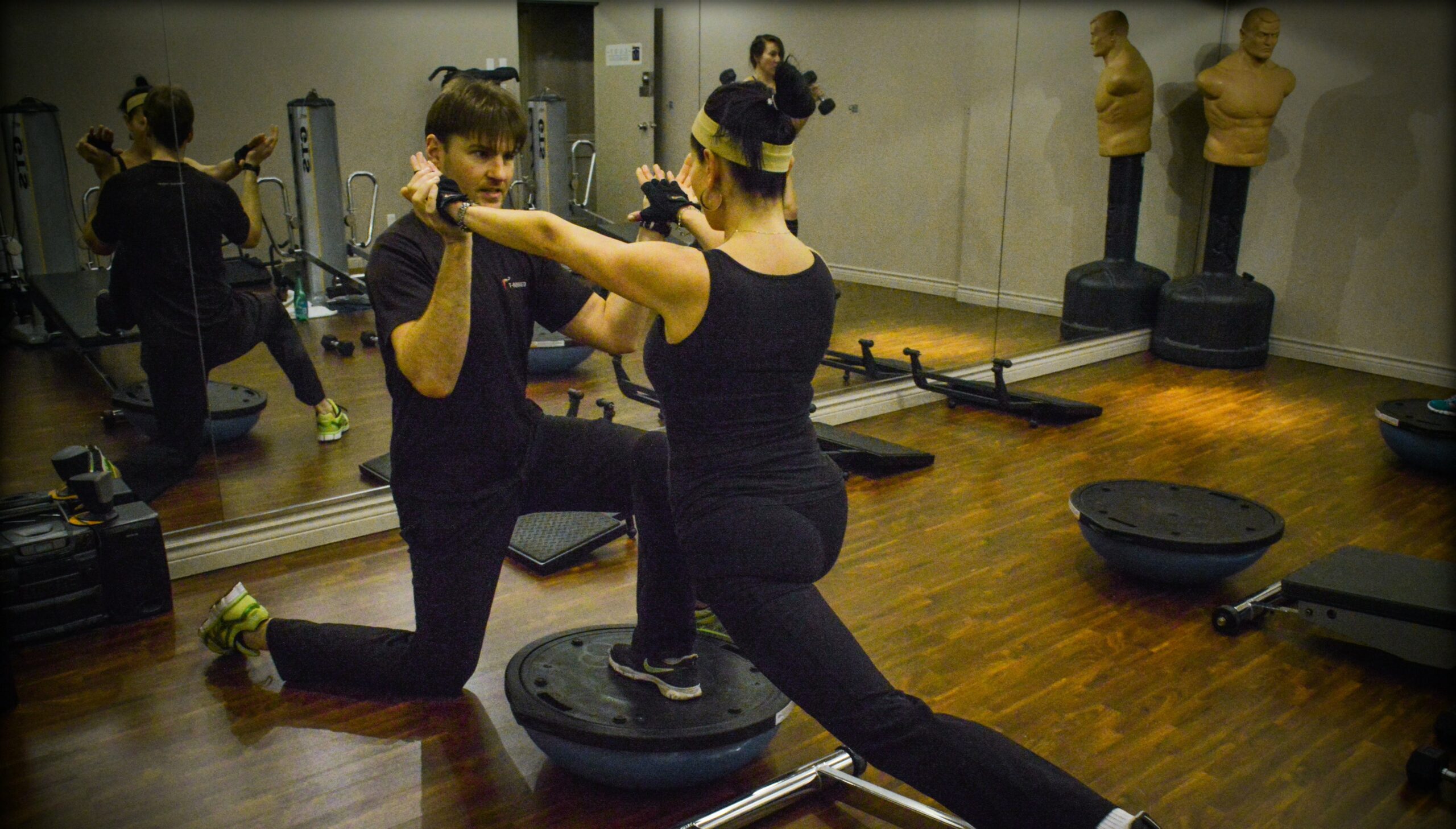
Personal training, often perceived as a luxury reserved for elite athletes and celebrities, has now become accessible to everyone.
Why? Because the world has started realizing the innumerable benefits it brings.
This isn’t just about lifting weights, building six-packs or doing cardio; it’s about adopting a lifestyle geared towards optimal health and fitness.
Here are the benefits that come with hiring a personal trainer.
1. Improved Fitness and Health
Tailored Workouts
A certified personal trainer designs a unique program suited specifically to your fitness goals, be it weight loss, muscle gain, or enhanced stamina.
These aren’t one-size-fits-all routines you find online; they’re meticulously crafted to cater to your body and its needs.
Comprehensive Health Boost
Beyond physical strength, personal training sessions lead to improved cardiovascular health, better posture, enhanced metabolic rate, and even mental clarity.
Health and fitness go hand in hand, and under the guidance of fitness professionals, you get the best of both worlds.
2. Accountability and Motivation
No More Skipping
We’ve all been there, debating if we really need that workout today.
Having a personal trainer means having someone who holds you accountable.
It’s harder to cancel a session when you know someone is waiting for you.
Pushing Boundaries
An experienced trainer knows when to push and let you breathe.
They motivate, cheer, and sometimes challenge you to do that one more rep, ensuring you’re always progressing.
3. Enhanced Exercise Techniques
Technique Matters
You might have been doing squats all your life, but a slight tweak in posture as suggested by a fitness professional, can make all the difference.
Proper technique optimizes results and minimizes the risk of injuries.
Diverse Workouts
Ever hit a plateau in your training?
Personal trainers bring variety into your routine, keeping the exercises fresh and exciting so your muscles never get too bored.
4. Injury Prevention
Safety First
A personal trainer’s certification is not just about fitness education but also about ensuring exercises are done safely.
From spotting you during a heavy lift to ensuring you don’t hyperextend during a stretch, they’ve got your back, quite literally!
Post-Injury Recovery
If you’ve had a past injury, the right training can help you regain strength and mobility faster.
With knowledge in strength training and physio corrective techniques, a trainer can guide you, ensuring you don’t strain the injured area.
Preparing for Your First Session
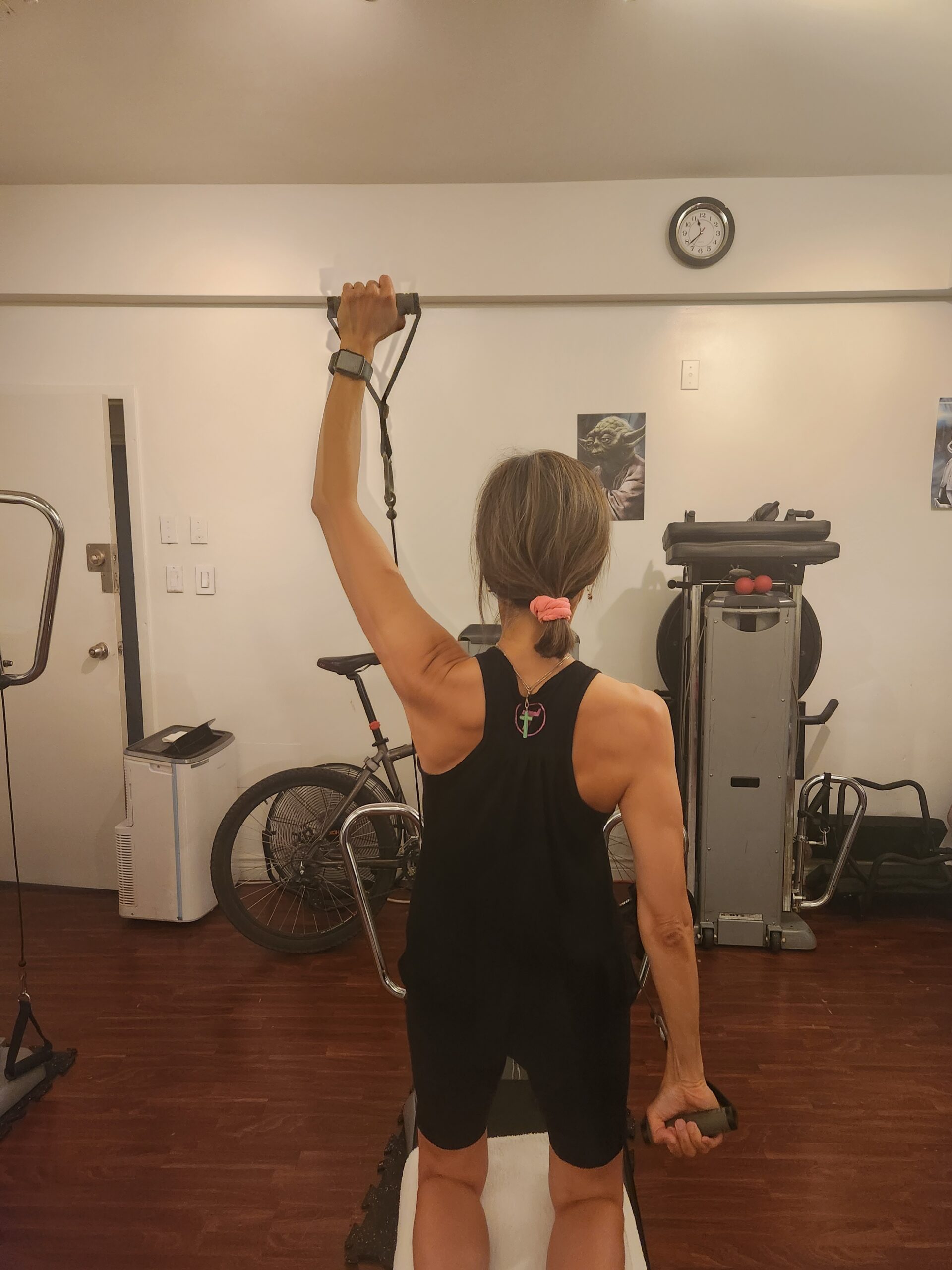
Ah, you’ve finally made the decision to hire a personal trainer and embark on your fitness journey!
Prepping for that very first personal training session can be both exhilarating and slightly intimidating.
To quell those pre-session jitters, let’s break down exactly how you can prepare.
1. Setting Clear Goals and Expectations
The path to achieving optimal health and fitness begins with clarity. Before you even step foot in the gym:
A. Evaluate Your Fitness Goals
Are you looking to focus on weight loss, or is strength training your primary objective?
Maybe you’re eyeing that marathon down the road. Pinpointing precise goals can guide the entire training process.
B. Establish Expectations
Remember, while a personal trainer is an experienced professional designed to push you, they’re not magicians.
It’s crucial to be realistic about what you can achieve in a given timeframe.
2. Completing Health and Fitness Assessments
Most fitness professionals will initiate your journey with an assessment.
This is not a test you can fail; it’s simply a benchmarking tool.
A. Physical Assessment
This often entails evaluating your current fitness level, including cardiovascular health, flexibility, and strength.
It gives the personal trainer working with you a clear picture of where you’re starting from.
B. Nutritional Insights
Some personal trainers may also dive into your dietary habits.
Understanding your nutrition can provide a holistic approach to reaching your fitness goals.
3. Discussing Medical History and Injuries
It might feel a bit personal, but delving into your medical history is essential for a few reasons:
A. Safety First
An experienced trainer needs to know if you have any conditions or previous injuries to ensure exercises are both safe and effective.
B. Tailored Routines
By understanding any past injuries or chronic issues, a trainer can customize routines, focusing on strength training, flexibility, or other areas, ensuring you’re not at risk of re-injury.
4. Choosing Suitable Training Attire
Your attire can actually impact the productivity of your session:
A. Comfort Is Key
Wear clothing that lets you move freely.
Think of stretchy leggings or shorts and moisture-wicking tops.
B. Footwear
Depending on your fitness goals, the right shoe can make a significant difference.
Running shoes are great for cardio-focused days, while flatter shoes are ideal for weightlifting sessions.
C. Safety Gear
Depending on your fitness education and the type of exercises you’re doing, you might need protective gear like wrist wraps or knee supports.
5. Bringing Necessary Equipment
While most gyms are well-equipped, there are a few personal items you should consider bringing:
A. Water Bottle
Hydration is essential, especially during intense sessions. Ensure you have a bottle filled with water to keep you hydrated.
B. Towel
A small towel is a must for wiping your smelly sweat away, especially during cardiovascular workouts.
C. Personal Gear
If you have specific equipment you prefer – maybe resistance bands or a particular type of mat – bring it along.
It’s all about ensuring you’re comfortable and ready to tackle the session.
Understanding the Training Process
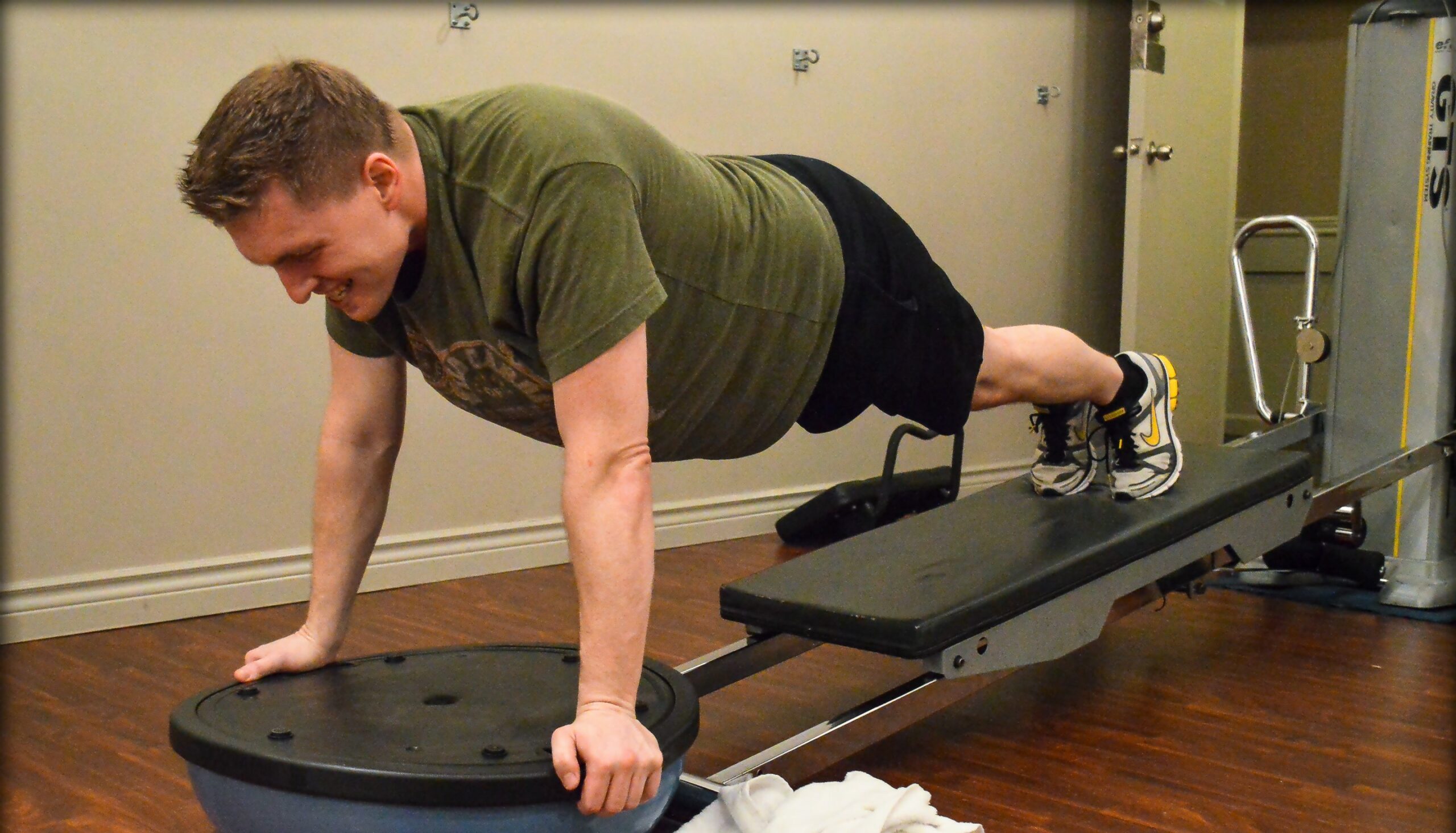
By understanding the training process, you are better equipped to adapt yourself to the fitness journey.
Each step, from the initial assessment to monitoring progress, is essential in ensuring you not only reach but surpass your fitness goals.
So, embrace the process, trust in the expertise of certified personal trainers, and watch as your health and fitness aspirations become a reality.
1. Initial Assessment and Goal Setting
Stepping into the world of personal training can be exhilarating, but it’s important to start on the right foot.
Your journey begins with an initial assessment, a fundamental step that lays the groundwork for the coming sessions.
This assessment encompasses both your current physical abilities and your long-term fitness goals.
An experienced trainer will gauge your current strength, cardiovascular health, flexibility, and more, all to build a comprehensive picture of your current health and fitness level.
But equally crucial are your goals, whether it’s weight loss, muscle gain, increased energy, or all the above. Remember, every training journey is unique.
Your personal trainer’s primary goal is to understand yours.
2. Creating a Personalized Training Plan
Once the initial assessment is done, the real magic begins.
Leveraging their fitness education and years of experience, the certified personal trainer will curate a plan that’s tailor-made for you.
This plan won’t be some generic regimen you could find on any fitness website; it’ll be a reflection of your unique needs, objectives, and limitations.
A personalized training plan typically covers strength training, cardiovascular workouts, flexibility exercises, and more, depending on what’s relevant for you.
It’s a map that charts the course of your fitness journey, ensuring you move from one milestone to the next with purpose and clarity.
3. Explaining Exercise Techniques and Routines
Let’s face it; there’s an abundance of information online.
YouTube is brimming with exercise videos, and every fitness blogger seems to have their unique twist on how a squat or lunge should be performed.
But how do you sift through the noise?
That’s where the fitness professionals come in.
With their personal trainer certification and hands-on experience, they’re equipped to demonstrate the correct techniques, ensuring you’re not only effective in your workouts but safe as well.
They’ll break down each exercise, ensuring you understand the nuances of form and function.
It’s not just about doing an exercise; it’s about doing it right.
And this guidance is what sets the personal trainer working relationship apart.
4. Monitoring Progress and Adjusting the Plan
Your fitness journey is not a static one. As you evolve, so should your training plan.
An integral part of the training process is to regularly monitor progress.
Using various metrics – from strength gains and weight loss to improved flexibility and endurance – your progress is tracked and celebrated.
However, if plateaus are reached or unforeseen challenges arise, a great trainer harnesses this data to adjust your plan accordingly.
It could mean introducing new exercises, altering the intensity, or even incorporating different modalities of training.
The goal is continuous improvement, and training professionals ensure that you’re always moving forward, no matter the pace.
What to Expect During Training Sessions?
Incorporating these diverse exercises, from cardiovascular workouts to flexibility routines, ensures a holistic approach to health and fitness.
With the guidance of a certified personal trainer, one can expect a well-rounded, effective, and safe workout regimen tailored to individual needs and goals.
1. Warm-up and Cool-down Exercises
A personal training session kicks off with warm-up exercises – these are essential preparatory steps.
Not only do they gear up your body for the impending workout, but they also significantly reduce the risk of injuries.
During warm-up, expect light aerobic exercises like brisk walking or slow jogging.
It helps the heart rate and prepares the cardiovascular system for the workout.
Incorporating dynamic stretches can activate the muscles, paving the way for strength training.
Once the session’s primary workout ends, the cool-down phase commences.
This phase aids in gradually reducing the heart rate and helps muscles return to their resting state.
Including static stretches is a wise move, as they improve overall flexibility and decrease muscle stiffness.
2. Cardiovascular Workouts
Cardiovascular workouts, often heralded by fitness professionals, focus primarily on strengthening the heart and lungs.
They also play a pivotal role in weight loss by burning calories and improving metabolic rate.
Whether it’s high-intensity interval training (HIIT) or steady-state cardio like running or cycling, your experienced trainer will integrate the right kind of cardio that aligns with your fitness goals.
Additionally, HIIT elevates endorphin levels, which are natural mood lifters.
3. Strength and Resistance Training
Strength training, also known as resistance training, is an integral component of any comprehensive workout regimen.
Personal trainers often emphasize the importance of this training type, given its multi-faceted benefits.
From improving muscle tone and boosting metabolic rate to enhancing bone density, the advantages are manifold.
During these sessions, one can expect to use a variety of equipment – dumbbells, barbells, resistance bands, or even one’s own body weight.
The personal trainer working closely with you will ensure exercises are tailored to meet individual needs, ensuring gains in strength and muscle size.
This form of training is essential for individuals seeking weight loss, as lean muscle mass increases calorie burn.
4. Flexibility and Mobility Exercises
Flexibility and mobility exercises are often overshadowed by cardiovascular and strength training.
However, these exercises are just as vital. They enhance the body’s ability to move freely and efficiently, making everyday tasks easier.
Moreover, they play a significant role in injury prevention.
During these sessions, you might engage in exercises that lengthen the muscles and improve joint range of motion.
Think of classic yoga poses or Pilates movements.
Not only do these exercises improve athletic performance, but they also play a crucial role in posture correction – a must for professionals who spend long hours at desks.
Safety and Injury Prevention in Personal Training Sessions
While aiming to achieve weight loss, muscle gain, or any fitness goal, safety should always be the priority.
A combination of proper form, balanced training, and keen self-awareness will not only keep injuries at bay.
But also ensure that you’re on the fastest, safest path to achieving your fitness objectives.
1. Proper Form and Technique
Whenever we talk about health and fitness, the role of a certified personal trainer is invaluable.
They’re not just there to push you to achieve your fitness goals but to guide you on how to do exercises the right way.
One of the primary roles of a personal trainer is to ensure that you’re using proper form and technique during each exercise.
Why is this so vital?
A. Reduced Risk of Injuries
Proper form minimizes the strain on ligaments, tendons, and joints.
It ensures that the right muscle groups are targeted without putting undue pressure on areas that aren’t supposed to be engaged.
B. Maximized Results
When you use the correct form, you’re likely to engage the right muscles, leading to more effective strength training and muscle development.
C. Efficient Energy Use
Proper technique ensures that you’re not wasting energy.
This means you can exercise longer without feeling prematurely fatigued.
2. Avoiding Overtraining
In the pursuit of fitness goals, it can be tempting to go hard every single day.
However, experienced trainers and training professionals know that more isn’t always better.
Overtraining occurs when there’s an imbalance between training and recovery—when the training intensity and/or volume exceeds the body’s ability to recover.
Signs of overtraining include:
- Persistent soreness or fatigue
- Decreased performance in workouts
- Insomnia or disturbed sleep patterns
- Increased susceptibility to injuries
- Loss of appetite or weight loss
- Mood swings or heightened irritability
To prevent overtraining, it’s essential to:
A. Follow a Balanced Routine
This means incorporating rest days into your schedule. Personal training isn’t just about pushing limits but understanding them.
B. Stay Hydrated
Proper hydration supports muscle recovery and overall health.
C Prioritize Sleep
Quality sleep is when most muscle recovery occurs. Fitness professionals always emphasize its importance.
3. Listening to Your Body
Every individual is unique.
And while personal trainer certification programs equip trainers with knowledge, the best gauge you have about what’s happening inside you is your own body.
A. Understand the Difference between Pain and Discomfort
While some discomfort is normal, especially when trying new exercises or pushing oneself, pain.
Especially sharp, localized pain—is a clear signal from the body that something isn’t right.
B. Stay Informed and Educated
Make use of fitness education resources to understand the basics of exercise and physiology.
This not only helps in communication with your personal trainer but also empowers you to make informed decisions about your health and fitness journey.
C. Take Regular Breaks
If you feel excessively tired or experience unexpected drops in performance, take a step back.
It might be your body signaling you to take a short break or change your routine.
Motivation and Goal Achievement
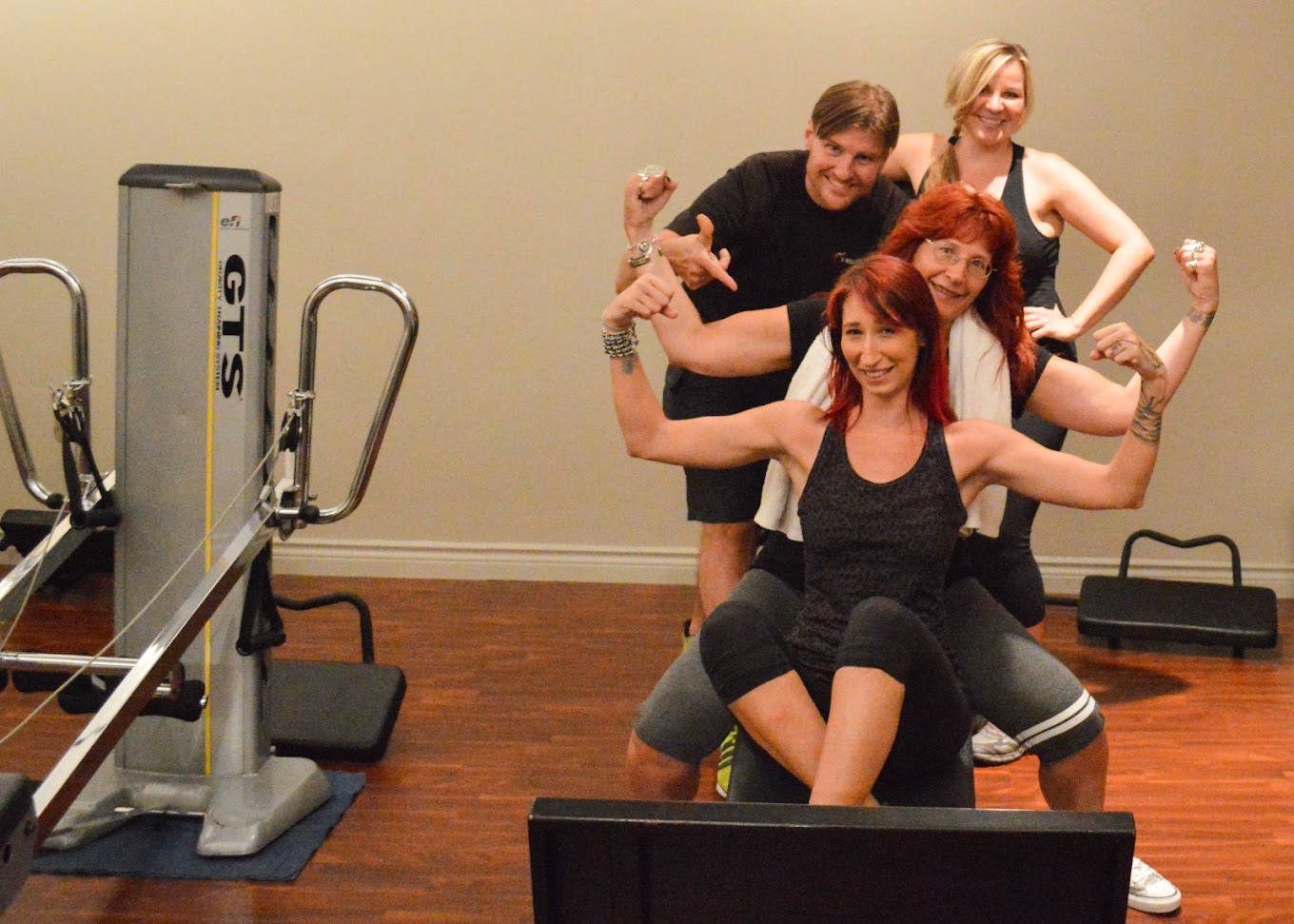
1. Tracking Progress and Celebrating Success
In the world of personal training sessions, it’s not just about pushing through strenuous exercises and counting the reps.
A key component of sustaining your momentum is by tracking your progress.
As the adage goes, “What gets measured gets managed.”
Begin by establishing realistic and attainable fitness goals.
Whether you’re aiming for weight loss, enhanced endurance, or gaining muscle strength, having a tangible objective keeps you motivated.
Now, couple that with regular checks on your performance.
This might mean recording the number of push-ups you can do, noting the distance you can run without getting winded, or logging the amount of weight you can lift.
Moreover, when you see improvement, no matter how small, take a moment to celebrate your success.
Such celebrations act as positive reinforcement.
They make all the sweat and effort worth it and drive you to reach further.
Remember, it’s often these small wins, acknowledged and celebrated, that culminate in significant transformation.
2. Overcoming Mental Barriers
Even with the guidance of certified personal trainers and a well-laid-out training plan, it’s not uncommon to face mental barriers.
These barriers could stem from past failures, fear of judgment, or even the misconception that one isn’t “fit enough” to hit the gym.
The first step to overcoming such barriers is acknowledgment.
Recognize that fitness professionals have seen clients of all shapes, sizes, and fitness levels.
They’re not there to judge but to help.
Next, focus on self-compassion.
Understand that everyone, even the most experienced trainer, had a starting point.
Also, change your mindset from fixed to growth-oriented.
Instead of thinking, “I can’t do this,” pivot to “I can’t do this yet.”
This shift means that you view challenges as opportunities to learn and grow, rather than as insurmountable obstacles.
Engaging in fitness education, reading up on the benefits of exercises, or joining support groups can also help you confront and overcome these mental roadblocks.
3. Staying Consistent with Training
Consistency is the golden key in the realm of health and fitness.
While it’s impressive to have a rigorous workout once in a while, what truly brings about change is the regularity of your exercises.
But, how does one ensure they don’t skip their fitness sessions?
One way is to understand the intrinsic value of personal training sessions.
It’s not just about looking good; it’s about feeling good.
Strength training doesn’t just sculpt your body; it builds your resilience.
And every time you overcome a challenging workout, you’re not just building muscle; you’re building character.
Moreover, schedule your workouts as you would any important meeting. Prioritize them.
And on days you’re not up for an intense session, don’t skip
Opt for lighter exercises. Remember, something is always better than nothing.
Incorporate personal trainer working techniques into your routine.
An experienced trainer often recommends a mix of cardiovascular workouts, resistance training, and flexibility exercises.
This variety not only ensures a holistic approach to fitness but also keeps things interesting, ensuring you stay consistent.
Remember, motivation gets you started, but habit keeps you going.
Stay committed to your fitness goals, be patient, and trust the process.
Wrap Up
Personal training is not just a luxury—it’s an investment in your health and fitness.
And the rewards? Beyond measure.
Whether you’re navigating the vast fitness world for the first time or you’re a seasoned athlete, every individual can benefit from the guidance of an experienced trainer.
This journey not only transforms your physique but also rewires your mindset towards wellness.
Let’s face it: in the bustling city of Vancouver, professionals are continually juggling a multitude of responsibilities
But in the midst of the hustle, your health should never take a back seat.
By now, it should be evident that personal training sessions offer numerous advantages—from precise exercise techniques tailored to you to the unyielding motivation and accountability only a certified personal trainer can provide.
And speaking of certified personal trainers, let’s talk about Troy of Tsquared.
His dedication, along with over two decades of fitness education and experience, sets him apart in Vancouver’s crowded landscape of training professionals.
With Troy, you’re not just getting a personal trainer; you’re partnering with a fitness professional who has your best interests at heart.
You’re entrusting your fitness journey to someone who has repeatedly proven, through countless success stories, that he can guide clients towards achieving their health and fitness goals.
His unique approach, combined with state-of-the-art Gravity Training techniques, ensures you are on the fastest and safest path to results.
If you’re reading this, you’re probably contemplating whether to take that first step.
Remember, every significant change starts with a decision.
The journey might seem daunting, but with the right personal trainer working alongside you, every challenge becomes an opportunity for growth.
Think about it: isn’t it time to prioritize your well-being?
In Vancouver, and indeed everywhere else, time is the one commodity we can’t get back.
But with each session, each push, each bead of sweat, you’re not just spending time—you’re investing it.
So, if you’re looking to make the most of your fitness efforts, to see and feel a difference, and to be guided by one of the best in the industry, look no further than Troy of Tsquared.
He’s not just a personal trainer; he’s your personal champion.
Isn’t it time to elevate your fitness game? Ready to unleash your true potential?
The solution is clear. Connect with Troy, and transform your fitness narrative.
